Lower Acidity offee
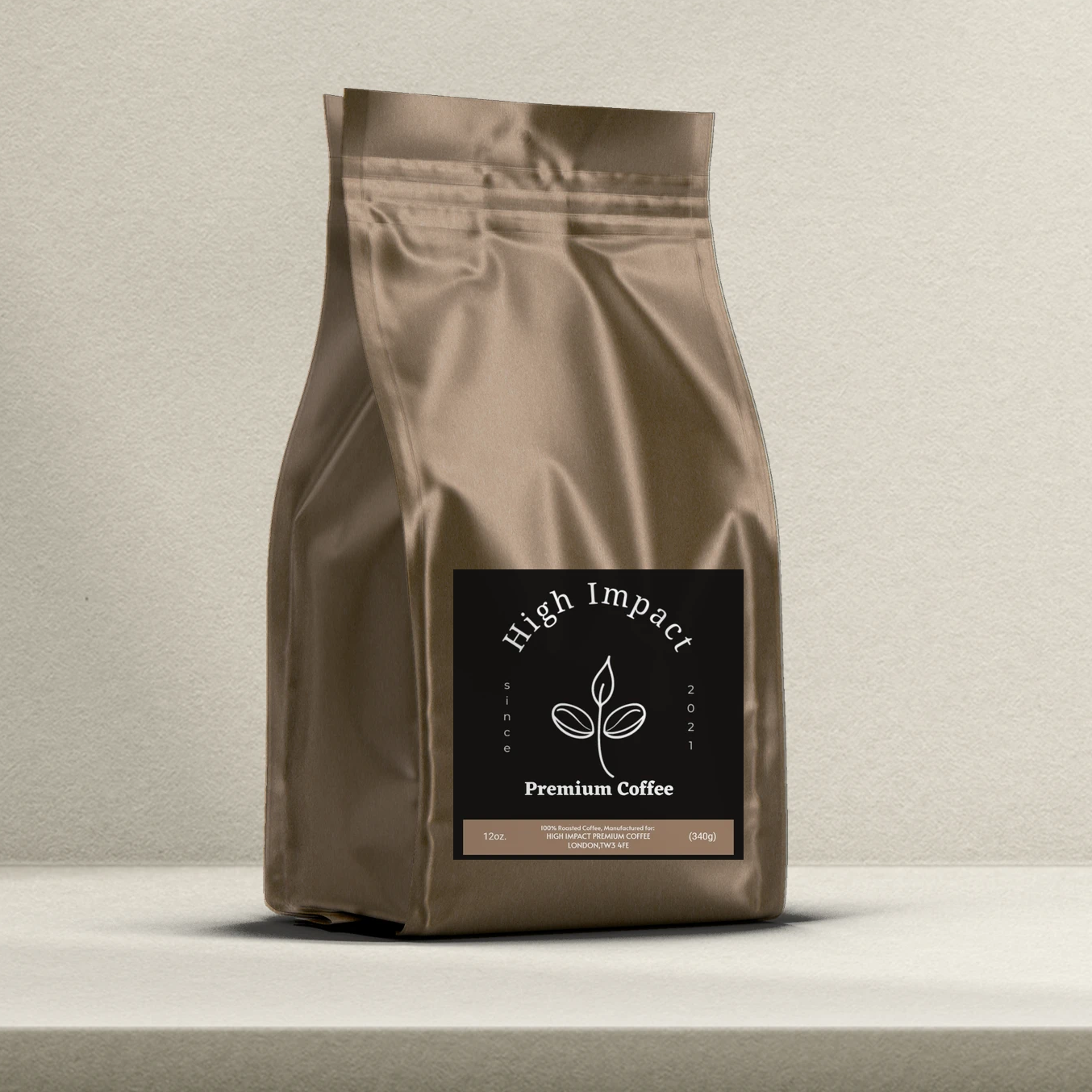
Best Low Acid Coffee Brands in 2023 (For Sensitive Stomachs)

In 2023, several coffee brands offer low acid options for individuals with sensitive stomachs. Here are some of the best low acid coffee brands available:
-
Puroast Low Acid Coffee: Puroast utilizes a unique roasting process that reduces acidity by 70% compared to traditional coffees. They offer a range of flavors and roasts to choose from.
-
Java Planet Low Acid Coffee: Java Planet uses a natural, steam-based decaffeination process that helps reduce acidity. Their coffee is organic, fair trade, and available in various flavors and blends.
-
Lucy Jo's Coffee Roastery: Lucy Jo's specializes in low acid coffee made from 100% Arabica beans. They offer a selection of light, medium, and dark roasts to suit different preferences.
-
Tieman's Fusion Coffee: Tieman's Fusion Coffee blends Arabica beans with various ingredients like Matcha green tea, rooibos tea, and yerba mate to create low acid coffee with unique flavors and health benefits.
-
HealthWise Low Acid Coffee: HealthWise offers a range of low acid coffee options that are roasted using a patented process. They claim to have up to 90% less acidity compared to regular coffee.
-
Trucup Low Acid Coffee: Trucup is a specialty coffee brand that uses a proprietary ultra-roasting process to reduce acidity while maintaining the coffee's flavor and aroma.
Remember to check the specific product details and customer reviews to find the best low acid coffee brand that suits your preferences and sensitivity level.
Benefits of Low Acid Coffee

Low acid coffee offers several benefits for individuals with sensitive stomachs or those who experience acid reflux or heartburn. Here are some of the benefits of low acid coffee:
-
Reduced Stomach Irritation: One of the main advantages of low acid coffee is that it is gentler on the stomach. The reduced acidity helps minimize irritation and discomfort, making it a suitable choice for people with sensitive stomachs.
-
Decreased Acid Reflux Symptoms: Acid reflux occurs when stomach acid flows back into the esophagus, causing a burning sensation and discomfort. Low acid coffee can help alleviate acid reflux symptoms by reducing the amount of acid produced and minimizing the likelihood of triggering reflux.
-
Minimized Heartburn: Heartburn is a common symptom of gastroesophageal reflux disease (GERD) and occurs when stomach acid moves upward into the esophagus. Low acid coffee can be beneficial for individuals prone to heartburn, as it can help reduce the intensity and frequency of these episodes.
-
Improved Digestive Comfort: Regular coffee can stimulate the production of stomach acid, leading to digestive discomfort for some individuals. Low acid coffee reduces the acidity level, providing a milder and more digestive-friendly option.
-
Gentler on Tooth Enamel: Highly acidic drinks like regular coffee can erode tooth enamel over time. Low acid coffee helps minimize the risk of enamel erosion and tooth sensitivity, promoting better dental health.
-
Enjoyment of Coffee Flavor: Despite the lower acidity, low acid coffee brands strive to maintain the rich flavor and aroma associated with coffee. This allows individuals with sensitive stomachs to continue enjoying their favorite beverage without sacrificing taste.
Remember that individual sensitivity can vary, and it's essential to find the right balance for your specific needs. If you have specific health concerns or conditions, it's always advisable to consult with a healthcare professional before making any significant dietary changes.
What are some things to look for when choosing a low-acid coffee?
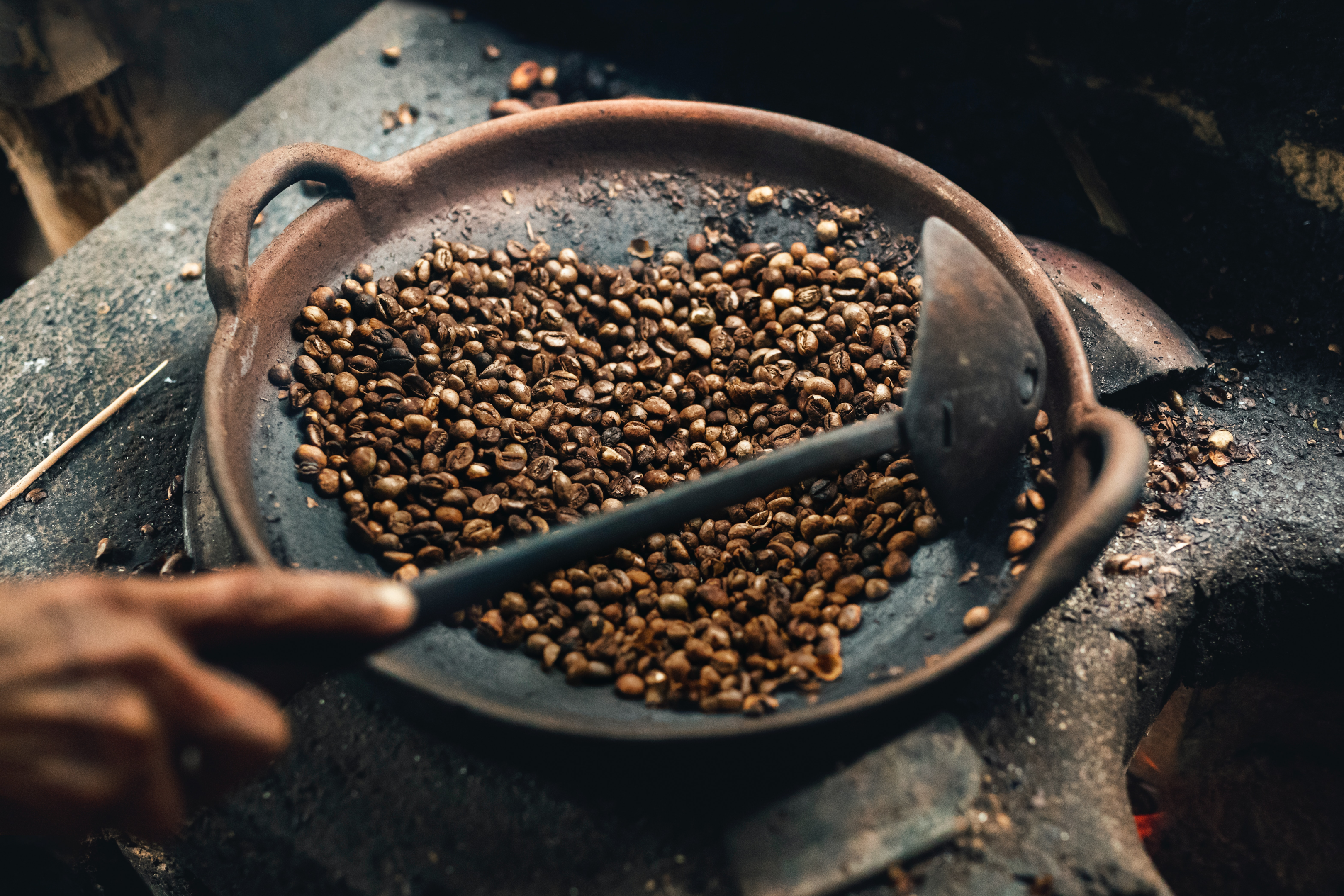
When choosing a low-acid coffee, there are several factors to consider. Here are some key things to look for:
-
Roasting Process: Different roasting methods can affect the acidity level of coffee. Look for brands that use specific roasting techniques designed to reduce acidity, such as steam-based or slow-roasting methods.
-
Bean Type: Arabica beans generally have lower acidity compared to Robusta beans. Opt for brands that use 100% Arabica beans or a blend with a high percentage of Arabica for a smoother, less acidic coffee.
-
Decaffeination Method (if applicable): If you prefer decaffeinated coffee, check the decaffeination method used by the brand. Some decaffeination processes, like Swiss Water Process or CO2 method, can help preserve the flavor while reducing acidity.
-
Acidity Level Information: Look for brands that provide information about the acidity level of their coffee. Some brands may mention the pH level or advertise the percentage of acidity reduction compared to regular coffee.
-
Taste and Flavor: While the goal is to find a low-acid coffee, it's essential to choose a brand that still offers a flavor profile you enjoy. Consider the taste notes, aroma, and overall flavor profile mentioned by the brand or other coffee enthusiasts in reviews.
-
Customer Reviews and Recommendations: Reading customer reviews can provide insights into the experiences of others who have tried low-acid coffee brands. Look for feedback from individuals with similar sensitivity levels or digestive issues to help guide your decision.
-
Brand Reputation and Quality: Consider the reputation of the coffee brand. Look for companies known for their quality, ethical sourcing practices, and commitment to producing a superior product.
-
Personal Sensitivity: Everyone's tolerance to acidity varies, so consider your personal sensitivity level when choosing a low-acid coffee. It may require some experimentation to find the brand and roast that works best for you.
Remember to consider your specific needs, preferences, and any recommendations from healthcare professionals if you have underlying health conditions.
Coffee Acid vs. Coffee Acidity
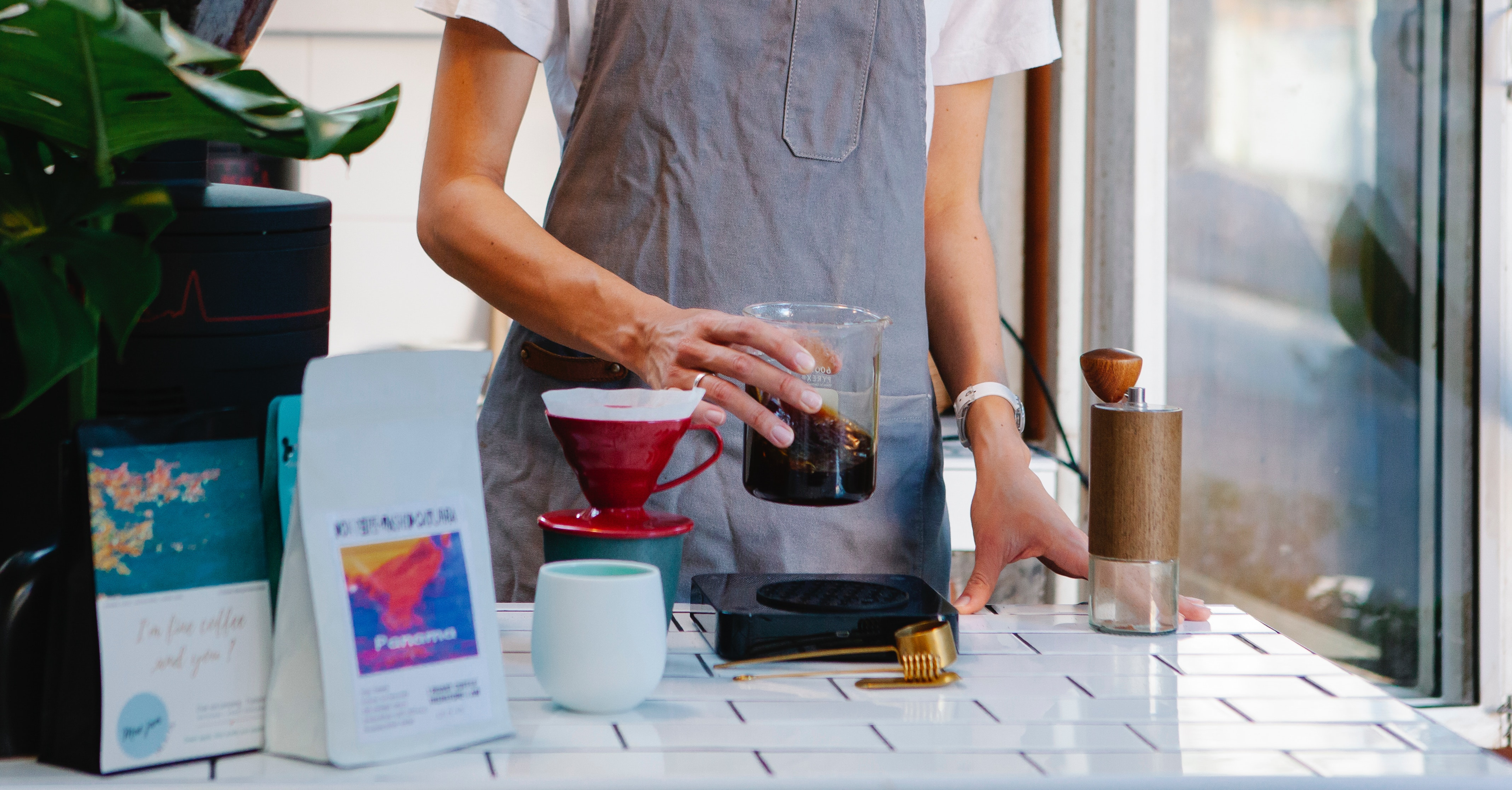
When discussing coffee, the terms "coffee acid" and "coffee acidity" are often used interchangeably, but they refer to slightly different aspects:
-
Coffee Acid: Coffee acid refers to the chemical compounds present in coffee that contribute to its overall taste and flavor. These acids are naturally occurring and play a vital role in creating the unique characteristics of different coffee varieties. Some common coffee acids include chlorogenic acid, quinic acid, citric acid, malic acid, and acetic acid. The presence and balance of these acids influence the perceived flavor profile of the coffee, including its brightness, sweetness, and complexity.
-
Coffee Acidity: Coffee acidity refers to the sensory perception of acidity in coffee. It describes the perceived sharpness, brightness, or tartness experienced when tasting coffee. Acidity is often associated with fruity or citrusy flavor notes. Coffee with higher acidity tends to have a brighter, livelier taste, while lower acidity can result in a more mellow or smoother flavor profile. Acidity is a desirable quality in coffee and is often associated with higher-quality beans and specialty coffees.
It's important to note that when discussing "low-acid coffee" or "low acid coffee," it generally refers to coffee with reduced acidity, aiming to minimize the potential negative effects on individuals with sensitive stomachs or acid-related conditions. The term is used to indicate coffee with lower levels of both coffee acid and perceived acidity.
Understanding the distinction between coffee and lower acidity coffee, and coffee acidity can help in assessing and choosing coffee based on personal taste preferences and sensitivity levels.
Lifeboost Dark Roast

Lifeboost Dark Roast is a coffee product offered by Lifeboost, a coffee brand known for its commitment to producing high-quality, organic, and low-acid coffee. The Dark Roast variant from Lifeboost is specifically designed for those who prefer a bold and robust flavor profile in their coffee. Here are some key features and characteristics of Lifeboost Dark Roast:
-
Organic and Single-Origin: Lifeboost Dark Roast is made from 100% organic Arabica beans sourced from a single origin. This ensures that the coffee is grown without the use of synthetic pesticides or chemicals, promoting environmental sustainability and potentially offering a cleaner, healthier coffee experience.
-
Low-Acid Coffee: Lifeboost takes pride in producing low-acid coffee, which may be beneficial for individuals with sensitive stomachs or acid-related issues. The Dark Roast variant is carefully crafted to have reduced acidity while maintaining the rich flavors typically associated with darker roasts.
-
Dark Roast Profile: Dark roasts are known for their bold and intense flavor profiles. Lifeboost Dark Roast is roasted to a level where the coffee beans have a deep brown color, resulting in a robust and full-bodied taste. Expect flavor notes that may include chocolate, caramel, and hints of smokiness.
-
Quality and Freshness: Lifeboost emphasizes the importance of freshness and quality. Their coffee is roasted in small batches to ensure optimum flavor and aroma. The brand also takes measures to protect the beans from oxidation and maintain their freshness during packaging and shipping.
-
Sustainable Practices: Lifeboost is committed to sustainable and ethical practices throughout their production process. They prioritize working with farmers who follow fair trade practices, pay fair wages, and support environmental conservation efforts.
-
Customer Satisfaction: Lifeboost has gained a positive reputation among coffee enthusiasts, with many customers appreciating the taste, quality, and low-acid nature of their coffee products. Their commitment to customer satisfaction and responsive customer support adds to their appeal.
Remember that taste preferences can vary, and it's always advisable to read customer reviews and consider personal preferences when choosing a specific coffee brand or roast.
Brew to Reduce Acidity
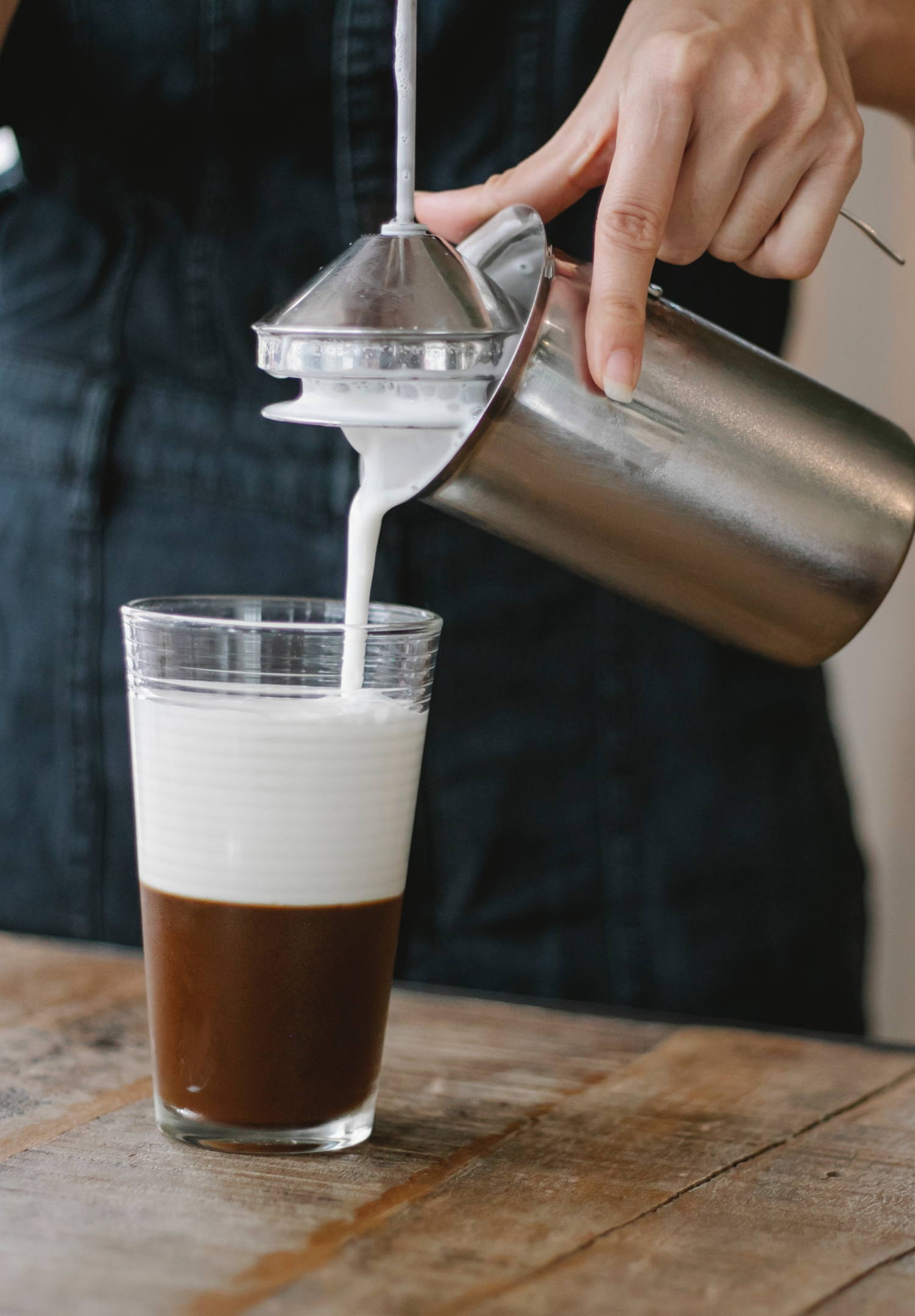
/If you want to reduce the acidity of your
brewed coffee, there are several brewing methods and techniques you can try. Here are some tips to help minimize the acidity in your cup morning coffee:
-
Cold Brew Method: Cold brewing involves steeping coffee grounds in cold water for an extended period, typically 12 to 24 hours. This method produces a smooth and less acidic coffee concentrate. Dilute the concentrate with water or milk to your desired strength and enjoy a low-acid coffee experience.
-
Use a Coarser Grind: Grinding coffee beans to a coarser consistency can help reduce the extraction of acids during brewing. Finer grounds tend to increase the acidity in the cup. Experiment with a slightly coarser grind size to achieve a less acidic brew.
-
Longer Brewing Time: Extending the brewing time can lead to a smoother and less acidic coffee. If using a pour-over method, consider slowing down the pour or extending the contact time between water and coffee grounds. This allows for a gentler extraction of acids.
-
Water-to-Coffee Ratio: Adjusting the water-to-coffee ratio can also affect the acidity of your brew. Using a higher water-to-coffee ratio can dilute the acids, resulting in a milder taste. Experiment with ratios until you find the desired level of acidity that suits your palate.
-
Avoid Over-Extraction: Over-extraction can contribute to increased bitterness and acidity. Pay attention to brewing time and avoid leaving the coffee in contact with hot water for too long. Optimal extraction helps achieve a balanced flavor profile and reduces acidity.
-
Choose Lower Acid Coffee Beans: While brewing techniques can influence acidity, starting with low-acid coffee beans can make a significant difference. Look for coffee beans specifically marketed as low-acid or opt for varieties known to have lower acidity, such as Arabica beans.
Remember that individual taste preferences and sensitivities vary, so it may require some experimentation to find the brewing method and adjustments that work best for you. Additionally, if you have specific health concerns, it's always a good idea to consult with a healthcare professional or nutritionist for personalized advice.
Low-Acid Coffee Blend (Volcanica Coffee)
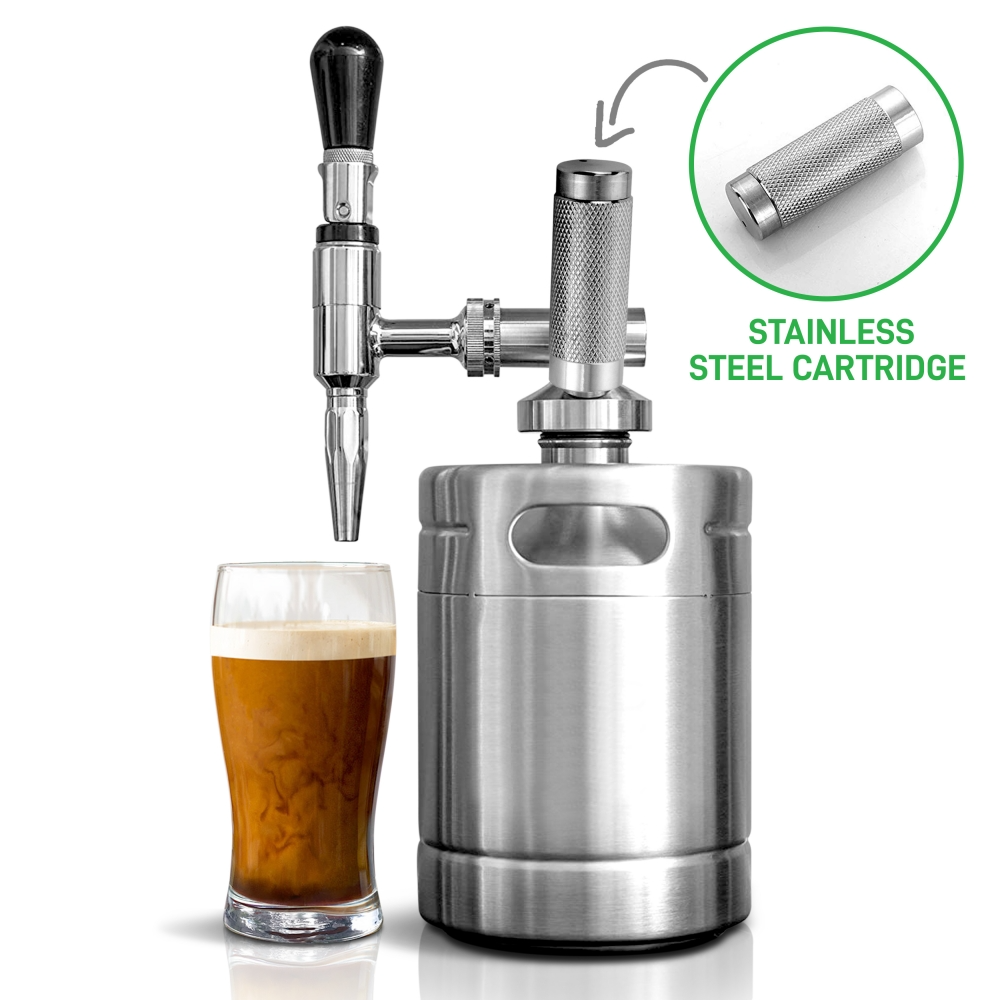
Volcanica Coffee is a coffee brand that offers a variety complex flavors of specialty coffees, including a low-acid coffee blend. Here are some details about Volcanica Coffee's low-acid coffee blend:
-
Low-Acid Blend: Volcanica Coffee has crafted a specific blend designed to be low in acidity. This blend aims to provide a smooth and gentle coffee experience for individuals with sensitive stomachs or those who prefer a milder taste profile.
-
Gourmet Arabica Beans: The low-acid coffee blend from Volcanica Coffee is made using high-quality Arabica beans. Arabica beans are known for their naturally lower acidity compared to Robusta beans, making them a popular choice for individuals seeking a less acidic coffee.
-
Single-Origin or Blended Options: Volcanica Coffee offers both single-origin and blended low-acid coffees. Single-origin coffees come from specific regions known for their distinct flavor profiles, while blended coffees combine beans from multiple origins to create a unique taste experience.
-
Roast Options: Volcanica Coffee provides a range of roast options for their low-acid coffee blend, including light, medium, and dark roasts. Roast level can influence the flavor profile, so you can choose the roast that suits your taste preferences.
-
Freshness and Quality: Volcanica Coffee emphasizes freshness and quality in their products. They roast their coffee in small batches to ensure optimal flavor and aroma. Additionally, they source their beans from reputable coffee-growing regions around the world.
-
Customer Satisfaction: Volcanica Coffee has garnered positive reviews from customers who appreciate the taste, quality, and low-acid nature of their coffee. Their commitment to customer satisfaction and prompt shipping adds to their reputation as a reliable coffee brand.
When selecting a specific low-acid coffee blend from Volcanica Coffee or any other brand, consider the roast level, origin, and customer reviews to find a blend that aligns with your preferences.
Add Milk or Creamer (If Ye Must)

If you prefer to add milk or creamer to your low-acid coffee, you can do so according to your taste preferences. Milk or creamer can help mellow the acidity and add richness to the flavor. Experiment with different amounts to find the right balance that suits your palate.
Lifeboost Coffee Organic Medium Roast
Lifeboost Coffee offers an Organic Medium Roast option that caters to coffee lovers and enthusiasts seeking a balanced and flavorful cup of coffee. Here are some key features of Lifeboost Coffee's Organic Medium Roast:
-
Organic Certification: Lifeboost Coffee takes pride in using 100% organic coffee beans for their Medium Roast. The beans are cultivated without the use of synthetic pesticides or fertilizers, promoting environmental sustainability and potentially offering a cleaner coffee experience.
-
Medium Roast Profile: The Medium Roast from Lifeboost Coffee is carefully roasted to a medium level, striking a balance between the flavor complexities of the beans and the development of a smooth and well-rounded taste. This roast level retains the unique characteristics of the coffee beans while offering a pleasant combination of acidity, sweetness, and body.
-
Flavor Notes: Lifeboost Coffee's Medium Roast may feature a range of flavor notes, which can vary based on the origin and specific beans used. These flavor notes may include hints of chocolate, caramel, nuts, or fruits, resulting in an enjoyable and flavorful coffee experience.
-
Freshness and Quality: Lifeboost Coffee focuses on delivering a fresh and high-quality product. They roast their coffee in small batches to ensure optimum flavor and aroma. The beans are carefully sourced and processed to maintain their freshness and integrity.
-
Low-Acid Coffee: While not explicitly mentioned in the product description, Lifeboost Coffee is known for producing low-acid coffee. This means their Medium Roast may offer a milder and gentler experience for individuals with sensitive stomachs or those who prefer lower acidity in their coffee.
-
Customer Satisfaction: Lifeboost Coffee has gained positive reviews from customers who appreciate the taste, quality, and sustainable practices of the brand. Their commitment to customer satisfaction and responsive customer support adds to their reputation as a reliable coffee provider.
Remember to adjust brewing parameters such as grind size, water-to-coffee ratio, and brewing time to suit your personal taste preferences when brewing Lifeboost Coffee's Organic Medium Roast.
Try Decaf Coffee

Decaf coffee is a popular choice for those who want to enjoy the taste and aroma of coffee without the stimulating effects of caffeine. Here are some key points to consider when exploring decaf coffee:
-
Caffeine Content: Decaf coffee undergoes a process to remove a significant portion of caffeine from the beans. While it's not entirely caffeine-free, decaf coffee typically contains significantly less caffeine compared to regular coffee. The exact caffeine content can vary between different decaf coffee brands and brewing methods.
-
Decaffeination Methods: There are various decaffeination methods used to remove caffeine from coffee beans. Common methods include the Swiss Water Process, the CO2 method, and chemical solvents like ethyl acetate or methylene chloride. Different brands may use different decaffeination techniques, so you can choose based on your preferences or any concerns you may have.
-
Flavor Profile: Decaf coffee can offer a wide range of flavor profiles similar to regular coffee, as the decaffeination process does not significantly alter the taste. You can find decaf coffee in various roast levels, such as light, medium, or dark, each providing different flavor nuances.
-
Decaf Coffee Options: Many coffee brands offer decaf versions of their popular coffee blends. These decaf options often aim to deliver a similar taste experience to their regular counterparts while minimizing the caffeine content. Look for reputable brands that prioritize flavor and quality in their decaf offerings.
-
Brewing Considerations: When brewing decaf coffee, you can use similar methods and techniques as you would with regular coffee. Adjust factors such as grind size, water temperature, and brew time according to your preferences to achieve the desired strength and flavor.
-
Personal Sensitivity: While decaf coffee contains significantly less caffeine, some individuals may still be sensitive to its effects. If you have specific health concerns or sensitivities, it's always a good idea to consult with a healthcare professional before consuming decaf coffee or any other caffeinated beverages.
Remember that taste preferences can vary, and it may take some exploration to find a decaf coffee brand and roast level that suits your palate. Consider trying different brands and brewing methods to discover your favorite decaf coffee option.
Best Low Acid Coffee Brands

When it comes to low acid coffee brands, High Impact Coffee is a notable option to consider. High Impact Coffee offers a selection of low acid coffees that are specifically designed to be gentle on the stomach. They prioritize producing coffee with reduced acidity while still maintaining rich flavor profiles. Their beans are carefully sourced and roasted to achieve a smooth and enjoyable coffee experience.
In addition to High Impact Coffee, other top low acid coffee brands include:
-
Puroast: Puroast utilizes a unique roasting process that reduces acidity by 70% compared to traditional coffees. They offer a range of flavors and roasts to suit different preferences.
-
Java Planet: Java Planet offers low acid coffee made from organic beans. Their coffee is available in various flavors and blends, providing options for different taste preferences.
-
Lucy Jo's Coffee Roastery: Lucy Jo's specializes in low acid coffee made from 100% Arabica beans. They offer a selection of light, medium, and dark roasts to cater to different flavor preferences.
-
Tieman's Fusion Coffee: Tieman's Fusion Coffee blends Arabica beans with various ingredients like Matcha green tea, rooibos tea, and yerba mate to create low acid coffee with unique flavors and potential health benefits.
-
HealthWise: HealthWise offers a range of low acid coffee options. Their coffee is roasted using a patented process, resulting in up to 90% less acidity compared to regular coffee.
-
Trucup: Trucup specializes in low acid coffee that maintains its flavor and aroma through a proprietary ultra-roasting process. They offer a selection of blends and roasts to suit different preferences.
When choosing a low acid coffee brand, it's essential to consider your taste preferences, the specific roasts and flavors offered by each brand, and customer reviews. High Impact Coffee and the aforementioned brands provide options for individuals seeking a milder coffee experience with less acid, while still enjoying rich flavors.
Puroast Coffee Dark French Roast

Puroast Coffee offers a Dark French Roast that caters to both coffee drinkers and enthusiasts who prefer a bold and intense flavor profile. Here are some key features of Puroast Coffee's Dark French Roast:
-
Roast Level: The Dark French Roast from Puroast Coffee is roasted to a level where the beans develop a deep, dark color. This roast imparts a robust and smoky flavor to the coffee, characteristic of the French Roast style.
-
Flavor Profile: Puroast's Dark French Roast delivers a bold taste with rich notes of dark chocolate, caramel, and toasted nuts. The intense roasting process brings out a full-bodied and slightly bitter flavor, making it an ideal choice for those who enjoy strong, deep flavors in their coffee.
-
Reduced Acidity: Puroast Coffee uses a unique roasting technique that reduces acidity by 70% compared to traditional coffees. While the Dark French Roast still retains its boldness, it aims to provide a smoother and less acidic coffee experience.
-
Organic and High-Quality Beans: Puroast Coffee sources high-quality, 100% Arabica beans for their Dark French Roast. These beans are organically grown, ensuring that no synthetic pesticides or fertilizers are used during cultivation.
-
Versatility: The Dark French Roast can be brewed using various methods such as drip brewing, French press, or espresso. This versatility allows you to enjoy its bold flavor through your preferred brewing technique.
-
Customer Satisfaction: Puroast Coffee has garnered positive reviews from customers who appreciate the taste, quality, and reduced acidity of their coffee. Their commitment to customer satisfaction and sustainable sourcing practices adds to their reputation as a reliable coffee brand.
Remember to adjust brewing parameters such as grind size, water-to-coffee ratio, and brewing time to suit your personal taste preferences when brewing Puroast Coffee's Dark French Roast
Java Planet Colombian Organic Medium Dark Roast Coffee
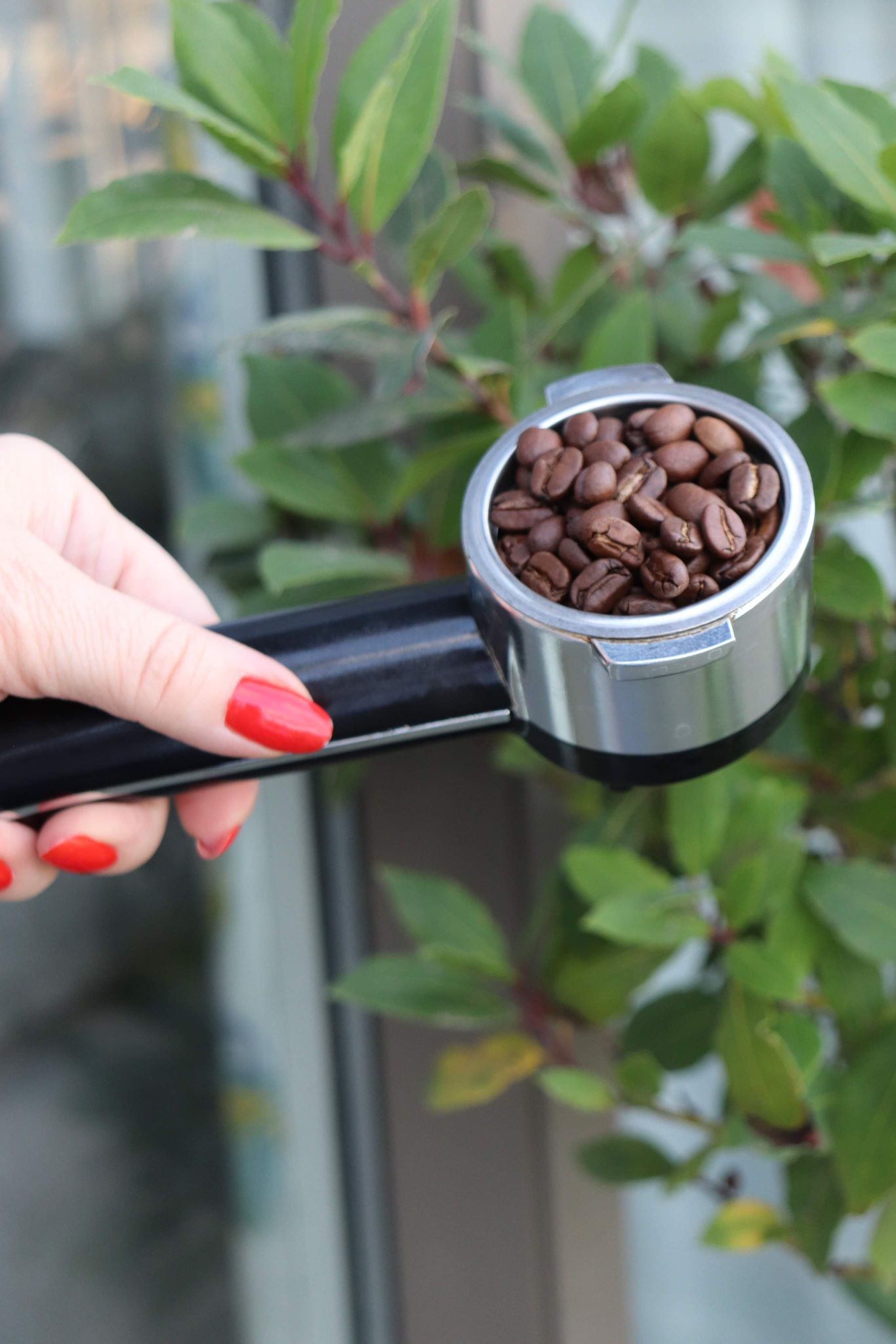
Java Planet offers a Colombian Organic Medium Dark Roast Coffee that combines the qualities of Colombian beans with a medium-dark roast profile. Here are some key features of Java Planet's Colombian Organic Medium Dark Roast Coffee:
-
Colombian Beans: Java Planet sources beans from Colombia, a renowned region for producing high-quality coffee. Colombian coffee is known for its smooth and well-balanced flavor profile, often featuring notes of caramel, chocolate, and a hint of fruity acidity.
-
Organic Certification: The Colombian Organic Medium Dark Roast Coffee from Java Planet is made from 100% organic beans. The coffee is cultivated without the use of synthetic pesticides or fertilizers, promoting environmental sustainability and potentially providing a cleaner coffee experience.
-
Medium Dark Roast Profile: This coffee undergoes a medium-dark roast, resulting in a slightly bolder flavor compared to a medium roast. The beans are roasted to a level where they have a rich, deep brown color, delivering a robust taste while still preserving the inherent flavors of the Colombian beans.
-
Flavor Notes: The flavor profile of Java Planet's Colombian Organic Medium Dark Roast Coffee may showcase a harmonious combination of chocolate, caramel, and a subtle brightness from the Colombian beans. These flavors create a balanced and enjoyable cup of coffee.
-
Freshness and Quality: Java Planet emphasizes freshness and quality in their coffee. They roast their coffee in small batches to ensure optimal flavor and aroma. Additionally, they prioritize sourcing beans from sustainable and socially responsible farms.
-
Brewing Versatility: The Colombian Organic Medium Dark Roast Coffee is versatile and can be brewed using various methods such as pour-over, drip brewing, French press, or espresso. This adaptability allows you to enjoy the coffee according to your preferred brewing technique.
Java Planet's Colombian Organic Medium Dark Roast Coffee offers a combination of the distinct qualities of Colombian beans and the richness of a medium dark roast. Remember to adjust the brewing parameters to suit your taste preferences and extract the desired flavors from the beans.
Simpatico Low-Acid Dark Roast Coffee

Simpatico offers a Low-Acid Dark Roast Coffee that combines the boldness of a dark, medium roast coffee, with reduced acidity.
In Conclusion: How to Find Low Acid Coffee
In conclusion, here are some steps to help you find low acid coffee:
-
Look for Brands: Research and look for coffee brands that specifically advertise their coffee as low acid or stomach-friendly. These brands are more likely to offer options that are gentle on the stomach.
-
Check Roast Levels: Darker roasts generally have lower acidity compared to lighter roasts. Look for brands that offer medium to dark roast options, as they tend to be less acidic.
-
Consider Bean Type: Arabica beans are known to have lower acidity compared to Robusta beans. Look for brands that use 100% Arabica beans or a blend with a high percentage of Arabica for a milder and less acidic coffee.
-
Read Product Details: Pay attention to product descriptions and labels. Some brands may provide information about the acidity level, pH level, or specific processes used to reduce acidity. This can give you an idea of the coffee's acidity.
-
Check Customer Reviews: Read reviews from other customers who have tried the low acid coffee brands you are considering. Their feedback can give you insights into the taste, acidity, and overall satisfaction with the coffee.
-
Consider Your Sensitivity: Remember that everyone's tolerance to acidity varies. Consider your own sensitivity and preferences when selecting a low acid coffee brand. It may require some experimentation to find the brand and roast level that works best for you.
By following these steps and considering your personal preferences, you can find a low acid coffee that suits your taste and is gentle on your sensitive stomach too. As always, if you have specific health concerns or conditions, it's advisable to consult with a healthcare professional for personalized advice.
How To Make Delicious Low Acid Coffee Drinks

To make delicious low acid coffee drinks, here are some ideas and tips to try:
-
Cold Brew: Cold brewing is a popular method for making low acid coffee drinks. Simply combine coarsely ground low acid coffee with cold water and let it steep in the refrigerator for 12 to 24 hours. The result is a smooth and less acidic coffee concentrate that can be diluted with water, milk, or alternative milk options to create a refreshing and flavorful cold brew.
-
Milk-based Drinks: Adding milk or a non-dairy alternative to your low acid coffee can help mellow the acidity and add richness. Create classic drinks like lattes, cappuccinos, or macchiatos by frothing the milk and pouring it over your low acid coffee. Experiment with different milk options such as almond, oat, or soy to find your preferred combination of flavors.
-
Flavor Enhancers: Enhance the taste of your low acid coffee by adding natural flavorings. Consider adding a dash of cinnamon, vanilla extract, or cocoa powder to your coffee for a delightful twist. These additions can complement the flavors of low acid coffee and create a more enjoyable drinking experience.
-
Iced Coffee: Prepare a refreshing iced coffee by brewing your low acid coffee using your preferred method and allowing it to cool. Pour the cooled coffee over ice and sweeten it with your choice of sweeteners like honey, agave syrup, or flavored syrups. You can also add a splash of milk or cream for extra creaminess.
-
Coffee Smoothies: Blend your low acid coffee with ingredients like frozen fruits, yogurt, or ice cream to create delicious coffee smoothies. Customize your smoothie by adding flavors like chocolate, banana, or peanut butter to create a creamy and flavorful low acid coffee treat.
-
Experiment with Brewing Methods: Explore different brewing methods like pour-over, French press, or espresso to create a low acid coffee with unique flavors and characteristics. Each brewing method can bring out different nuances in the coffee, allowing you to customize your drink according to your taste preferences.
Remember to adjust the strength and sweetness of your low acid coffee drinks based on your personal preferences. Enjoy the process of exploring and creating your own delicious low acid coffee creations!
Add Low-Acid Coffee Beans to Your Brewing Routine

To incorporate low-acid coffee beans into your brewing routine, follow these steps:
-
Choose the Right Beans: Look for coffee beans specifically labeled as low-acid or stomach-friendly. Opt for brands that prioritize reducing acidity in their beans during the roasting process. This ensures a smoother and more gentle coffee experience.
-
Grind the Beans: Grind the low-acid coffee beans just before brewing to preserve their freshness and flavor. Adjust the grind size based on your preferred brewing method. For example, a finer grind is suitable for espresso, while a coarser grind is ideal for French press or cold brew.
-
Select a Brewing Method: Use your preferred brewing method to make coffee with the low-acid beans. Options include drip brewing, pour-over, French press, espresso, or cold brew. Each method may bring out different flavor profiles, so experiment to find the one that suits your taste preferences.
-
Control Water Temperature: Pay attention to water temperature while brewing. Ideally, it should be between 195°F (90°C) and 205°F (96°C) for most brewing methods. Avoid using boiling water, as it can extract more acidity from the beans.
-
Adjust Brewing Time: Depending on your brewing method, adjust the brewing time to achieve the desired strength and flavor. Longer brewing times can extract more flavors but may also result in increased acidity. Experiment with different brewing times to find the balance that suits your taste.
-
Consider Water Quality: Use clean and filtered water for brewing. Poor-quality water with impurities can affect the taste and potentially increase acidity. Filtered water helps maintain the integrity of the coffee flavors.
-
Enjoy and Experiment: Once brewed, savor the flavors of your low-acid coffee. Take note of the taste profile and any unique characteristics. If desired, adjust the coffee-to-water ratio, brewing time, or grind size to further customize your brewing routine and optimize the taste according to your preferences.
By incorporating low-acid coffee beans into your brewing routine and experimenting with various methods, you can enjoy a flavorful and gentle coffee experience tailored to your taste.
Is Decaf Coffee Acidic?
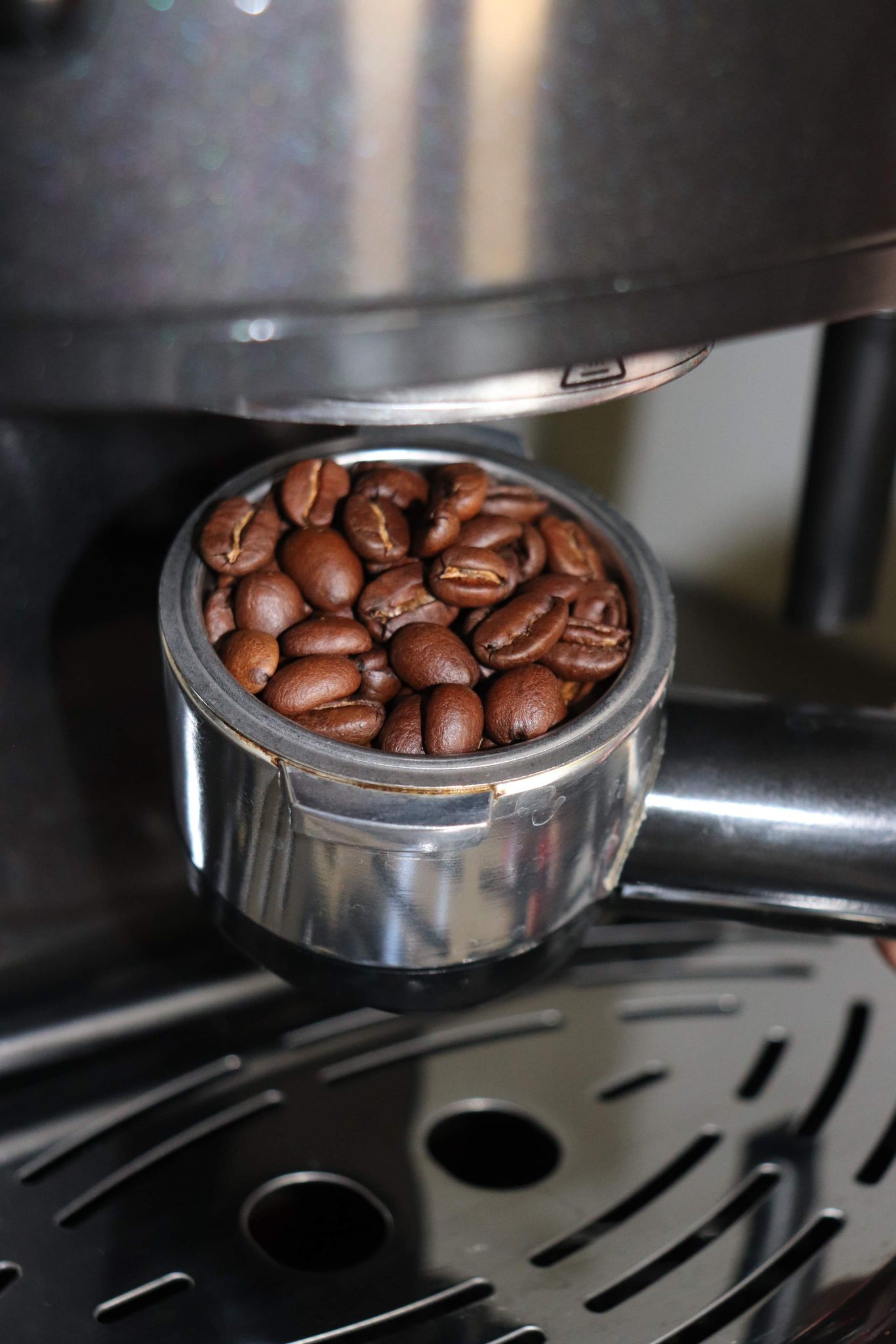
Decaf coffee is generally less acidic than regular coffee, but it is not completely devoid of acidity. The decaffeination process typically involves removing a significant portion of caffeine from the coffee beans, which can also reduce the coffee bean overall acidity to some extent. However, it's important to note that the exact acidity level can vary depending on the specific coffee beans, roasting methods, and decaffeination processes used.
In comparison to regular coffee, decaf coffee tends to have a milder and smoother taste due to the reduction in acidity. This can be beneficial for individuals with sensitive stomachs or acid-related issues. However, it's worth mentioning that some people may still experience mild acidity or digestive discomfort from consuming decaf coffee, as it does contain certain acidic compounds naturally present in coffee beans.
If you have specific concerns about acidity, it's advisable to try different brands and decaf coffee options, paying attention to customer reviews and personal experiences. Additionally, if you have underlying health conditions or specific dietary requirements, it's always a good idea to consult with a healthcare professional for personalized advice.
How to Make Coffee Less Acidic
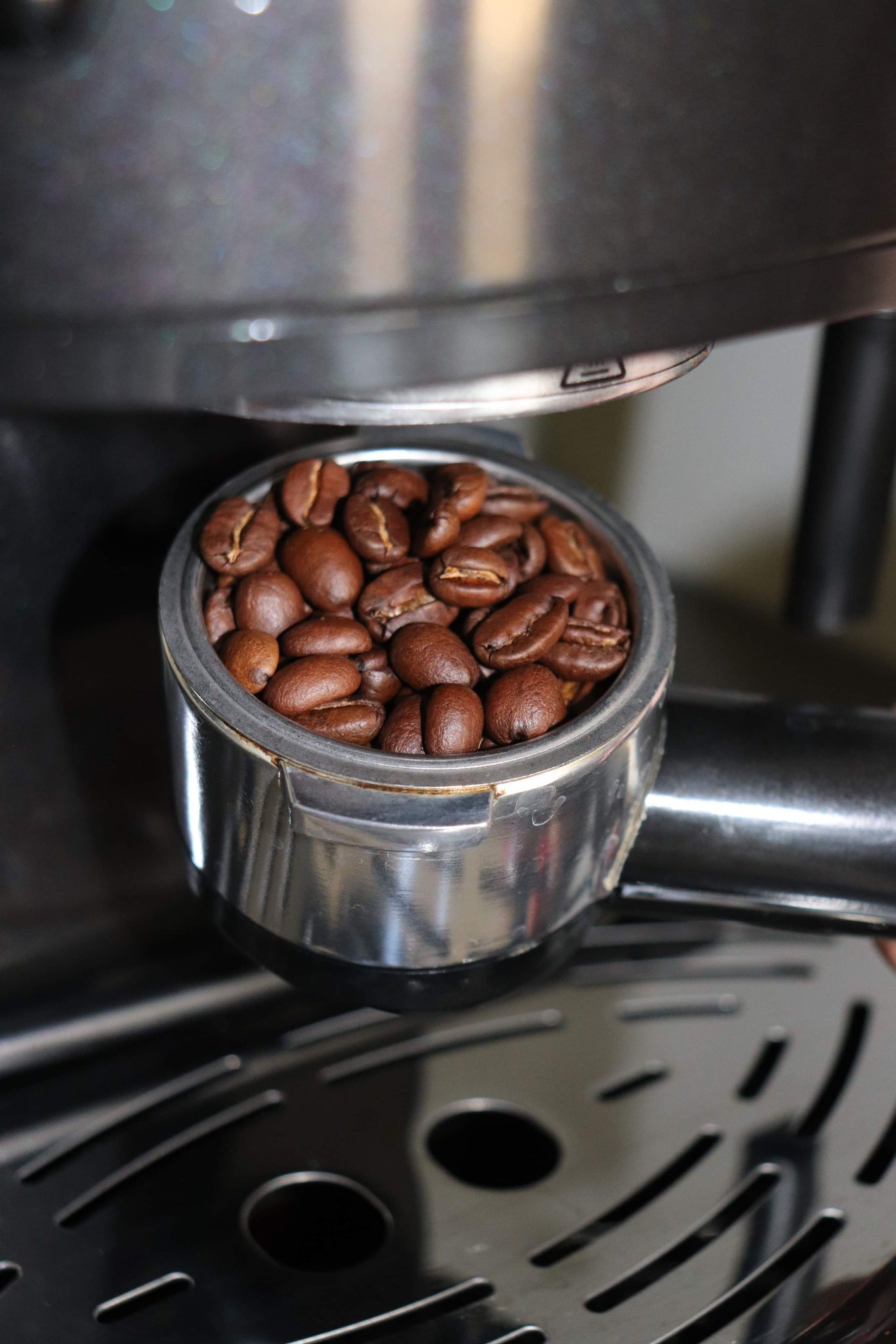
If you want to make your coffee less acidic, here are some methods you can try:
-
Choose Low-Acid Coffee Beans: Look for coffee beans specifically labeled as low-acid or stomach-friendly. These beans are often processed or roasted in a way that reduces acidity.
-
Opt for Dark Roasts: Darker roasts generally have lower acidity compared to lighter roasts. The extended roasting time helps break down some of the acids in the coffee beans. Consider choosing a dark roast to enjoy a less acidic cup of coffee.
-
Cold Brewing: Cold brewing is a method that can result in a less acidic coffee. The cold water extraction process produces a smoother and less acidic concentrate. Dilute the concentrate with water, milk, or alternative milk options to create a refreshing and milder coffee experience.
-
Use a Coarser Grind: Grinding coffee beans to a coarser consistency can reduce the extraction of acids during brewing. Finer grounds tend to increase the acidity in the cup. Experiment with a slightly coarser grind size to achieve a less acidic brew.
-
Add Milk or Creamer: Adding milk or creamer to your coffee can help neutralize acidity and provide a smoother taste. Dairy or non-dairy options like milk, cream, or almond milk can help mellow the acidity and enhance the creaminess of your coffee.
-
Consider Water Quality: The quality of water used for brewing can impact the acidity of your coffee. Use filtered water to ensure it is free from impurities that could contribute to acidity.
-
Adjust Brewing Parameters: Brewing time, water temperature, and coffee-to-water ratio can affect the acidity of your coffee. Experiment with these parameters to find the right balance for a less acidic cup. For example, brewing for a shorter time or using slightly cooler water can reduce acidity.
Remember that individual taste preferences and sensitivities can vary. It may take some experimentation to find the method that works best for you. If you have specific health concerns or conditions, it's always a good idea to consult with a healthcare professional for personalized advice.
Does Starbucks Have Low-Acid Coffee?

Starbucks does not have a specific line of coffee labeled as low-acid. However, they offer a variety of coffee options with different flavor profiles and roast levels that may suit individuals with varying levels of sensitivity to acidity. Some Starbucks coffee blends and single-origin options may naturally have lower acidity due to factors like bean type and roast level.
If you're looking for a potentially less acidic coffee option at Starbucks, you can consider the following:
-
Blonde Roast: Starbucks' Blonde Roast coffees tend to have a milder flavor profile compared to their darker roasts. The lighter roast can contribute to a smoother and potentially less acidic taste.
-
Single-Origin Coffees: Starbucks occasionally offers single-origin coffees, which can have unique flavor profiles based on the specific region they come from. Some single-origin coffees may exhibit lower acidity naturally, so it may be worth exploring those options.
-
Cold Brew: Starbucks offers cold brew coffee, which is known for its smoother and less acidic flavor profile. Cold brewing extracts flavors from the coffee beans with reduced acidity. Consider trying Starbucks' cold brew if you prefer a milder and less acidic coffee experience.
It's important to note that individual experiences with coffee acidity can vary. If you have specific concerns about acidity or have been advised to consume low-acid coffee, it's always a good idea to consult with a healthcare professional or consider specialized low-acid coffee brands.
Cool Down With a Cold Brew
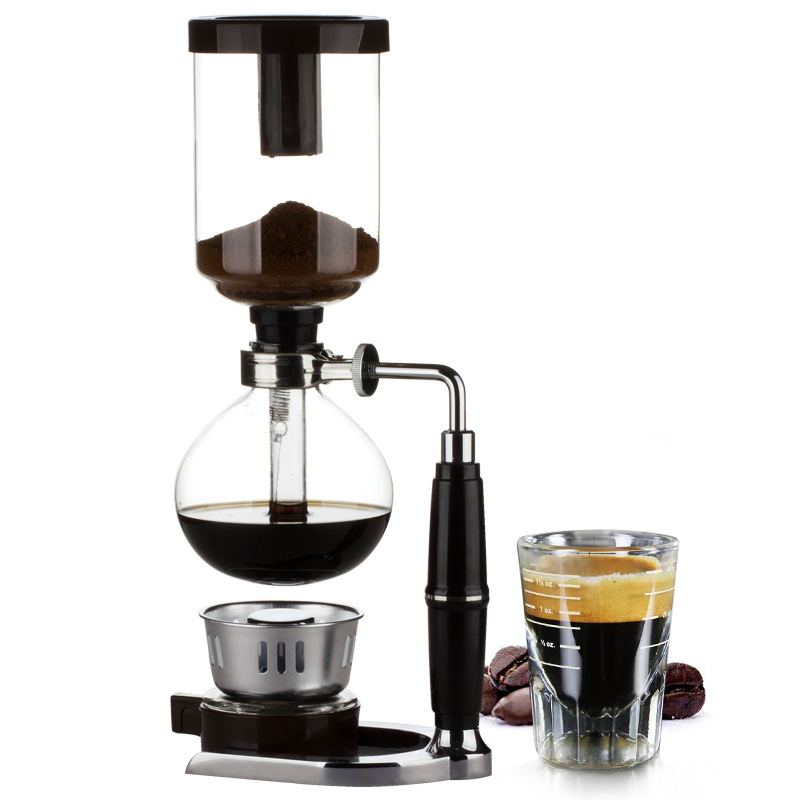
Cool down and refresh yourself with a delicious cold brew coffee. Cold brew is a popular method that offers a smooth and less acidic coffee experience. Here's how you can make a refreshing cold brew:
-
Coarsely Grind Coffee: Start by coarsely grinding your favorite coffee beans. A coarse grind helps prevent over-extraction and excessive acidity in the final brew.
-
Combine Coffee and Water: In a large container or pitcher, add the coarsely ground coffee to cold, filtered water. The ratio of coffee to water is generally around 1:4 or 1:5, depending on your preferred strength. Adjust the ratio according to your taste preferences.
-
Stir and Steep: Stir the mixture gently to ensure all the coffee grounds are saturated. Cover the container or pitcher and let it steep in the refrigerator for 12 to 24 hours. This slow steeping process allows the flavors to develop and results in a smooth and less acidic coffee concentrate.
-
Strain the Concentrate: After the steeping time is complete, strain the coffee concentrate using a fine-mesh sieve, cheesecloth, or a coffee filter. This will remove the coffee grounds and leave you with a smooth liquid concentrate.
-
Dilute and Serve: Dilute the coffee concentrate with water, milk, or alternative milk options according to your taste preferences. Start with equal parts concentrate and water/milk, and adjust to achieve the desired strength. Add ice cubes to a glass and pour the cold brew over it. Optionally, sweeten with sugar, syrup, or a natural sweetener if desired.
-
Customize and Enjoy: Get creative with your cold brew by adding flavorings like vanilla extract, cinnamon, or a splash of flavored syrup. Experiment with different milk options or try serving it over ice cream for a unique twist.
Cold brew coffee is not only refreshing but also offers a mellower and less acidic flavor compared to hot brewed coffee. Enjoy this cool and satisfying beverage, perfect for hot summer days or any time you desire a chilled coffee treat.
Is Dark Roast Coffee Less Acidic?
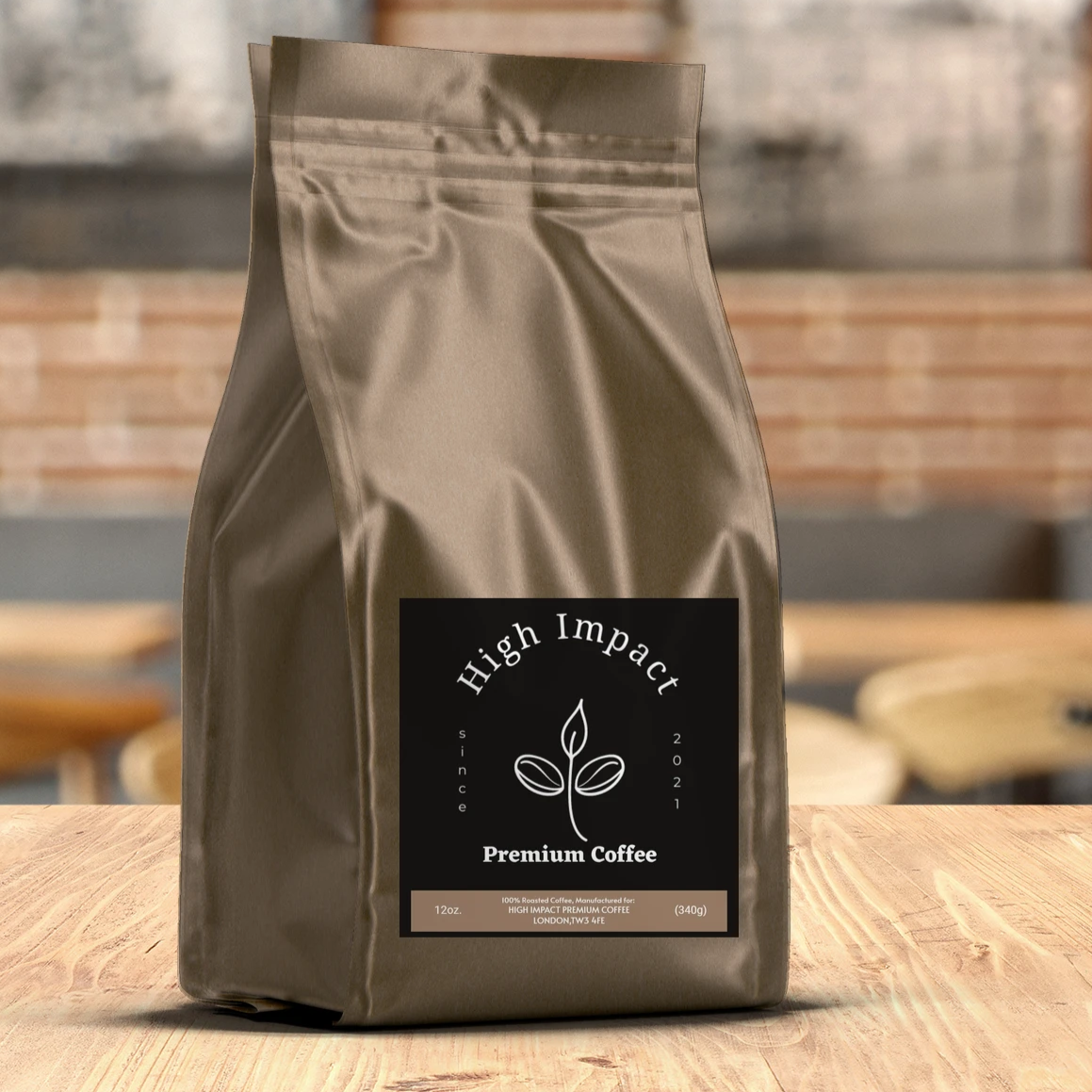
Yes, dark roast coffee is generally less acidic compared to lighter roasts. The extended roasting process involved in dark roasting leads to a reduction in acidity. As the coffee beans are roasted for a longer time at higher temperatures, some of the natural acids present in the beans break down and dissipate.
The darker the roast, the more pronounced this reduction in acidity becomes. The deep, rich flavors associated with dark roast coffee often come with a smoother and less acidic taste profile. This can be beneficial for individuals with sensitive stomachs or those who prefer a milder coffee experience.
However, it's important to note that the overall acidity level can still vary depending on factors such as the origin of the beans, specific coffee blend, and individual sensitivity. While dark roast coffee tends to be less acidic than light roast, it may not be entirely devoid of acidity.
If you're looking for a low-acid option, consider trying specifically labeled low-acid or stomach-friendly coffee brands, as they may employ specific techniques or bean selections to further reduce acidity. It's also recommended to experiment with different roast levels and coffee brands to find the one that suits your taste preferences and stomach sensitivity.
FAQ
Q: What is lower acidity coffee?
A: Lower acidity coffee refers to coffee beans that have a reduced level of acidity compared to regular coffee. This can be achieved through various methods during the coffee production process.
Q: Why would someone prefer lower acidity coffee?
A: Some individuals may have a sensitive stomach or digestive system that reacts negatively to high acidity levels in regular coffee. Lower acidity coffee can be gentler on the stomach and may cause fewer digestive issues.
Q: How is the acidity in coffee reduced?
A: There are a few ways to reduce the acidity in coffee. One method is to select coffee beans that naturally have lower acidity. Another approach is to use a dark roast, as the longer roasting process can lower the acidity. Additionally, certain brewing methods, such as cold brewing or using a French press, can result in lower acidity compared to other brewing methods.
Q: Does lower acidity coffee have less flavor? A: While acidity contributes to the overall flavor profile of coffee, reducing acidity does not necessarily mean a loss of flavor. Lower acidity coffee can still have complex and enjoyable flavors; it simply offers a different taste experience.
Q: Are there any specific coffee beans known for lower acidity?
A: Yes, certain coffee bean varieties tend to have naturally lower acidity levels. For example, beans from Brazil, Mexico, and Sumatra are often considered to be lower in acidity. However, it's important to note that the acidity level can still vary within these regions based on factors like altitude, soil conditions, and processing methods.
Q: Can I make my regular coffee less acidic?
A: Yes, you can try a few methods to make your regular coffee less acidic. One way is to add a small pinch of salt to your coffee grounds before brewing. Another option is to opt for a cold brew method, which tends to have lower acidity. You can also experiment with different brewing techniques or select coffee beans with lower acidity levels.
Q: Is lower acidity coffee suitable for espresso?
A: Lower acidity coffee can be used for espresso, but it may result in a slightly different flavor profile compared to traditional espresso made with higher acidity beans. It ultimately depends on personal preference, and some individuals may enjoy the smoother, less acidic taste of lower acidity coffee in their espresso shots.
Q: Can lower acidity coffee still provide a caffeine kick?
A: Yes, lower acidity coffee can still contain a similar amount of caffeine as regular coffee. The acidity level does not directly affect the caffeine content in coffee beans.
Remember, individual preferences and sensitivities can vary, so it's always a good idea to try different types of coffee to find what suits you best.


